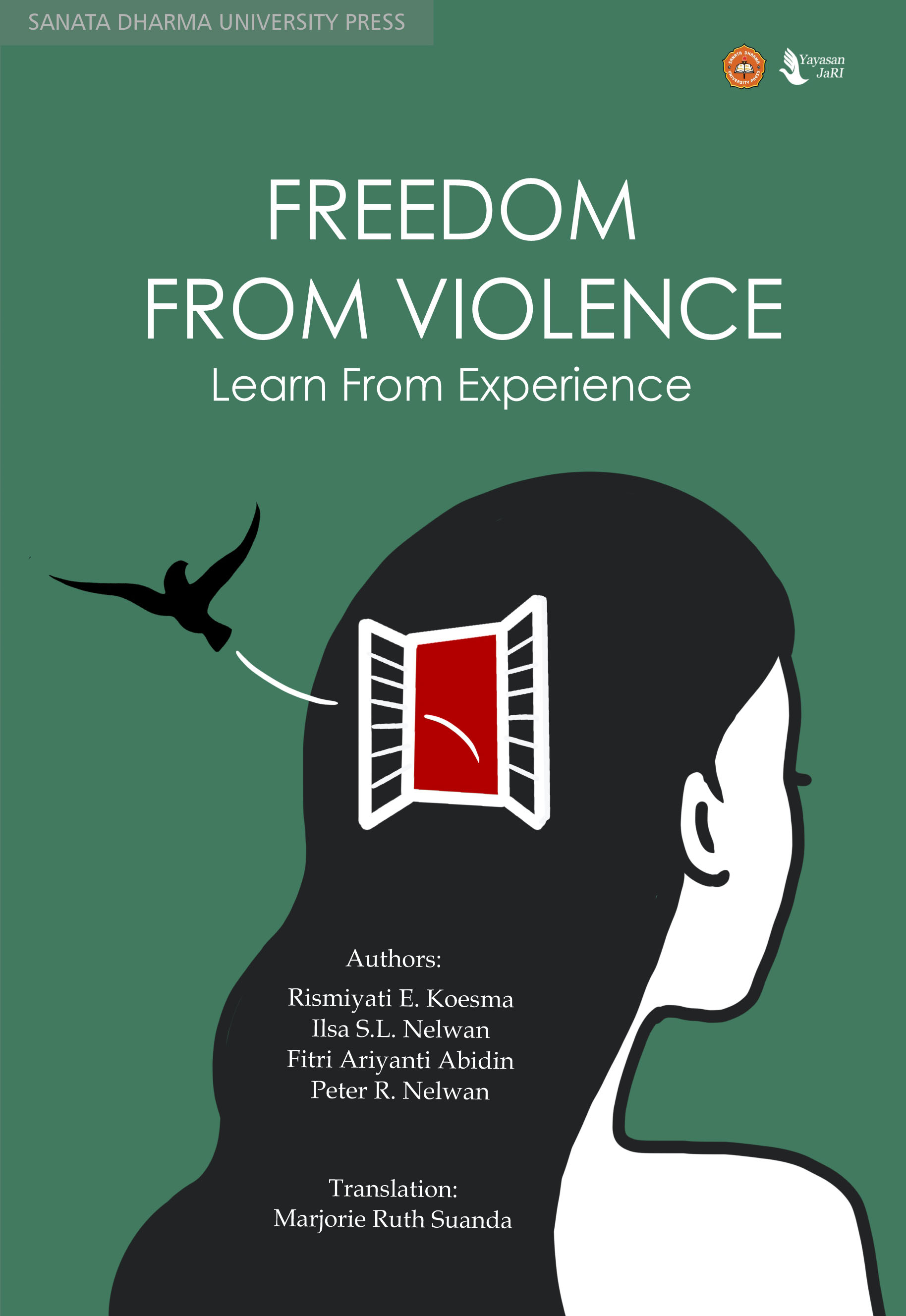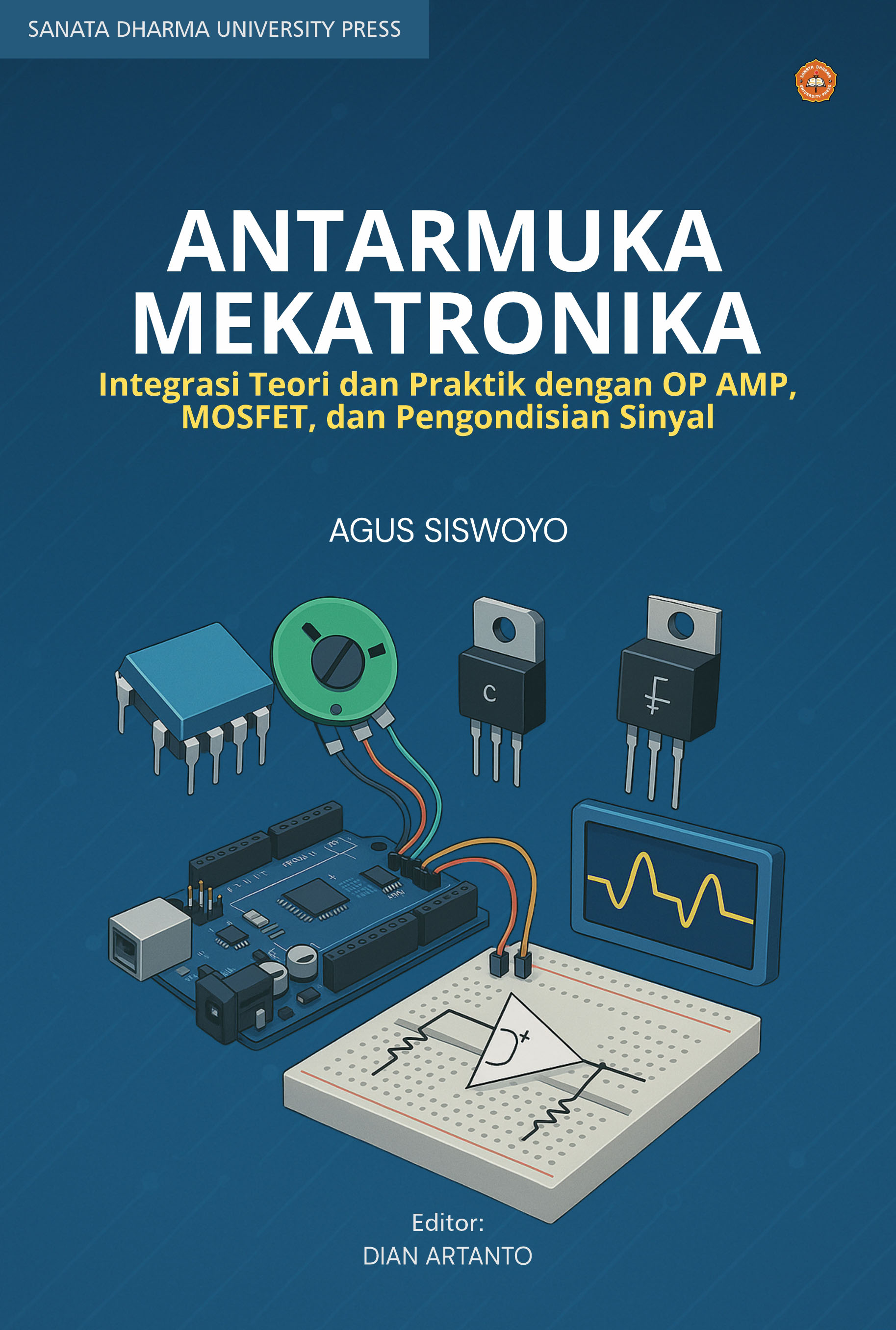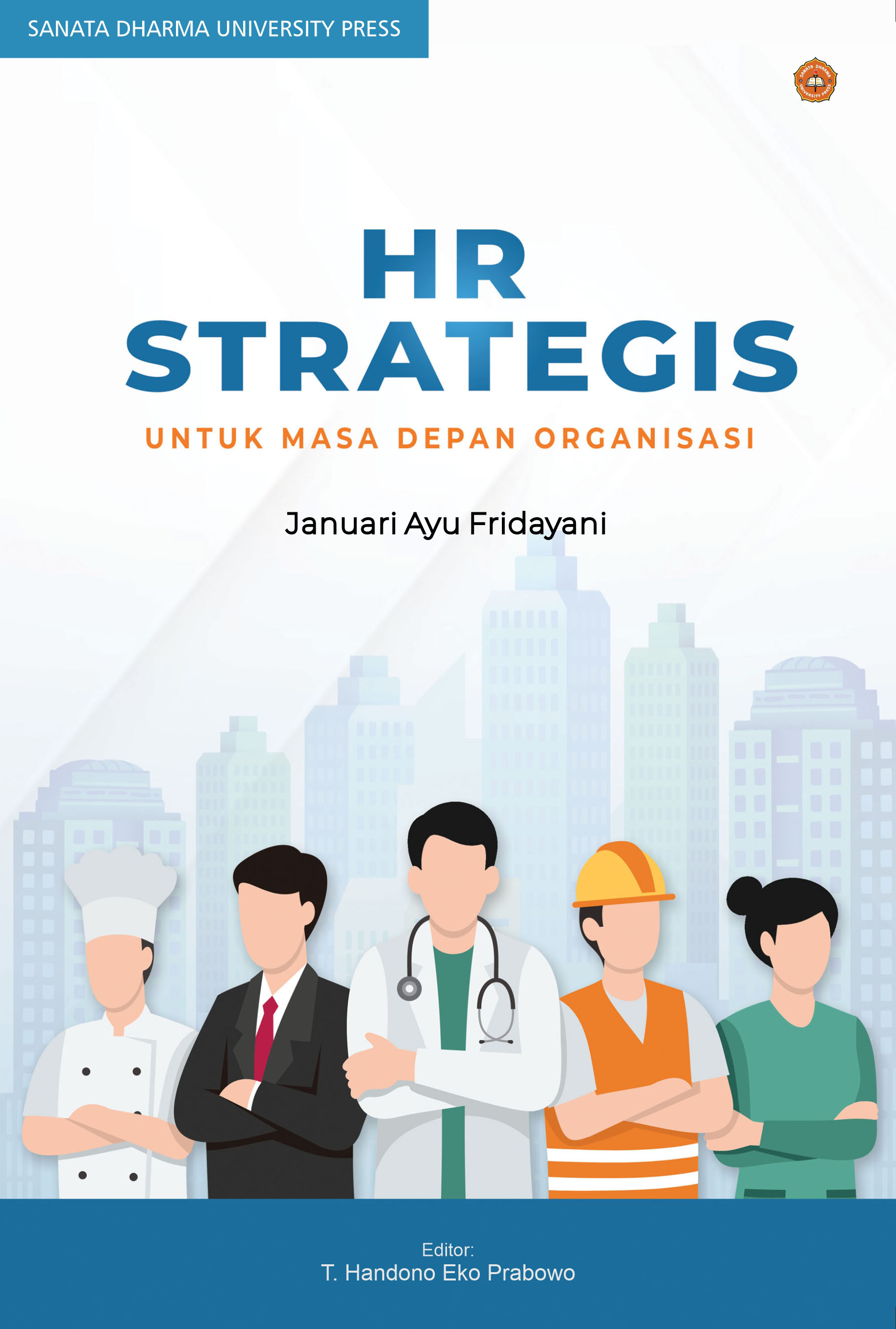Freedom From Violence Learn From Experience
ISBN: 978-623-143-119-6
Rp. 115.500,00
Harga Offline: Rp. 92.400,00
Stok: 0
This book describes cases handled by the Indonesian Network of Independent Volunteers (JaRI), ranging from the types of violence that occur; most of which are committed against women, such as domestic violence committed by husbands against their wives, violence committed during romantic relationships, also violence committed against children, both boys and girls. "Freedom from violence" is about what needs to be done to prevent violence from spreading further. Actions are needed, and these actions should be carefully considered, as individuals, collectives, or as concrete measures by the government. The authors of this book include three psychologists: Tetty Rismiyati is a member of JaRI, a practicing psychologist and has already handled VAW cases since 2000. Fitri Ariyanti is also a practicing psychologist with more than 21 years of experience. Peter Rumengan Nelwan is a retired psychologist who undertakes developmental research activities and Ilsa Nelwan is a retired Public Health expert and one of the founders of JaRI with more than 25 years of community family health experience in Indonesia and eight years of international experience as a WHO South East Asia Region professional expert. The book contains ten cases that illustrate how violence can be perpetrated against minors, against innocent teenagers, and even against adults by their husbands or their acquaintances. These examples show that violence can occur anywhere, perpetrated by the people closest to the victim, for example husbands against wives, parents against children, religious leaders against their students, and also teachers against their students. This book describes how violence can occur suddenly, ranging from mild acts of violence to severe acts of violence. From these cases, it is also revealed that violence is also committed online, indicating that technological advancements have been utilized to commit acts of violence The concrete actions taken by JaRI when receiving victims of violent acts are described so that the next steps can be determined. The actions taken include medical treatments to provide immediate treatment for the violent acts, or a medical examination that will be required when the case is brought to court. The most common action is psychological counselling, usually carried out two weeks after the case occurred, with the aim of making the victim feel more comfortable and enabling further action to be taken. For certain cases they will continue to a hearing in court to gain justice for the victim of violence. Even though it is difficult, many cases can be undertaken until completed, mainly when the victim is willing to have the case handled over what usually takes a long period of time. Violence involves at least three parties: the victim or survivor, the perpetrator, and at times there is also a witness. Because of that, as part of the prevention strategy, this book is aimed primarily at young people so that they can understand and appreciate this issue. To be more specific, this book wants to invite young people to: First, get to know the environment, the situation and what kind of individuals who sooner or later can make them a victim of violence. Second, enable them to identify whether they themselves have the potential to become perpetrators of violence, and what efforts they can make to prevent themselves from becoming perpetrators. Third, prepare them to take relevant preventive measures when faced with situations that have the potential to cause violence to others. By referring to the ten cases presented, the analysis of violence prevention that will be the main focus of this book is as follows: First, by trying to analyze and elaborate on various potentials or possibilities of violence against women and children (including parenting style, patriarchal culture, power relations, online media). Second, identifying the characteristics of those who have the potential to become perpetrators of violence against women and children (including those who have power, those who have been victims). Third, identifying the parties who have the potential to prevent violence (parents, health workers, teachers, friends, older and younger siblings). This book consists of three parts. Part One describes ten cases inspired by various cases handled by the counsellors of JaRI. The cases have been selected from about 1,800 cases handled by JaRI and are considered representative of most types of cases. We consider it necessary to present the reality of violence that has occurred in order to give readers a clear picture of how severe and complex violence enacted by one human being on another can be, in this case against children and women, so that prevention efforts become truly important. As a brief overview, the cases consist of : (1) sexual violence committed by youth/teenagers against children, (2) victims of sexual violence who were lured by their peers, (3)violence committed by parents against children in the form of improper parenting, (4) sexual violence committed by a father against his daughters, (5) verbal violence committed by a husband against his wife, (6) a young person trapped in digital violence as a result of his mother restraining him from real life relationships, (7) violence committed by a husband against his wife in the form of restricting her freedom, (8) violence in dating involving the threat of spreading inappropriate photos on social media, (9) violence committed by an adult against a young child (10) sexual violence committed by an adult against a teenager. Each case presented is followed by a discussion comprising a case overview, services provided by JaRI, an analysis, and prevention efforts. Part Two is a summary and discussion of the cases looked at from four perspectives, namely parenting, communication within the family, gender equality, and online media. Part Three describes recommendations for practical prevention, in the following four topics: (1) Age-appropriate communication about sexuality between parents and children; (2) Communication between partners, parents- children, and peers; (3) Gender equality; (4) Internet literacy.
kembali
| Penulis | Rismiyati E. Koesma, Ilsa Nelwan, Fitri Ariyanti Abidin, Peter R. Nelwan |
| Penerbit | USD |
| Suplier | USD |
| Perkiraan Berat | 263 gram |
| Tahun Terbit | 2025 |
| Halaman | xvii+138 hlm. |





